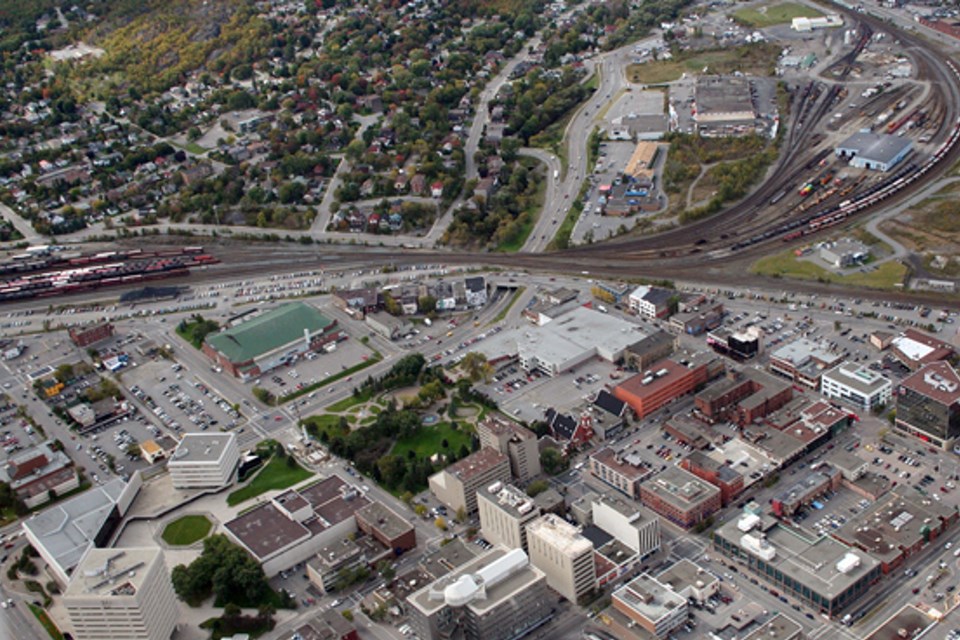The City of Greater Sudbury’s population is now 166,004, with 4,473 more people calling the city home than in the previous Statistics Canada count in 2016.
“Our population growth from the recent census is astronomical compared to previous editions of the census,” Ward 7 Coun. Mike Jakubo said in a written statement provided to Sudbury.com. Jakubo also serves as chair of the city’s finance and administration committee.
“This clearly shows confidence of the broader population in relocating to our city. That level of growth is also supported by other recent figures like job growth and the really low unemployment rate as well as the really low vacancy rate. So it’s not just one measurement, but several all pointing in a positive direction of growth.”
Mayor Brian Bigger was unavailable for comment and a request for comment through a Greater Sudbury Chamber of Commerce communications staff member has yet to be responded to.
City of Greater Sudbury communications staff declined Sudbury.com’s request to speak with someone from the city’s economic development department because they plan on releasing information later this week, at which time they indicated they will be willing to grant an interview.
This latest population count ranks the city as the 15th most populous in the province and 31st nationally. The 2.8-per-cent population increase from 2016 compares to a provincial average of 5.8 per cent and a national average of 5.2 per cent.
The 2016 population count was 161,531, and it was 160,274 in 2011, which marked an increase of only 0.8 per cent between the two counts. Prior to that, the population jumped by 1.5 per cent between the 2006 count of 157,857 and 2011.
The latest Statistics Canada data recorded 71,476 private dwellings occupied in the city in 2021, which represents a 3.4-per-cent increase from 2016. The city’s population density was 52.1 people per square kilometre.
Of Northern Ontario’s five largest urban centres, three showed population growth in this latest count. Alongside Greater Sudbury, North Bay and Thunder Bay also experienced growth, while Sault Ste. Marie and Timmins both declined in population.
Greater Sudbury’s bump was the greatest of the pack, followed by North Bay (2.2 per cent increase to 52,662) and Thunder Bay (0.9 per cent to 108,843).
The Sault Ste. Marie decline was 1.8 per cent down to 72,051, while the population of Timmins decreased by 1.5 per cent to 41,145.
As for employment data, the city’s unemployment rate increased in January to 5.7 per cent from 5.4 per cent in December.
Out of a potential workforce of 90,400 in Greater Sudbury, Statistics Canada reported 85,600 people are employed. Greater Sudbury’s participation rate was 64 per cent in January.
In comparison, Greater Sudbury’s unemployment rate in January 2021 was 8.1 per cent, though Workforce Planning for Sudbury and Manitoulin director Reggie Caverson said the city typically hovers around the six per cent mark.
The overall vacancy rate in the Greater Sudbury Census Metropolitan Area was 1.8 per cent in October 2021, which is the lowest vacancy rate the area has recorded in 10 years. The Canadian vacancy rate is 3.1 per cent within the purpose-built rental market and 1.8 per cent in the condominium apartment market.
Tyler Clarke covers city hall and political affairs for Sudbury.com.
